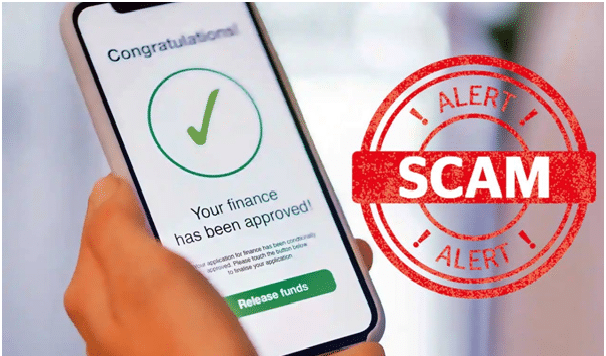The lethal trap of instant loan apps
Context: Several Indians have ended their lives owing to harassment by recovery agents of unregulated digital lending apps mostly linked to entities based in China.
- The apps offer quick loans without much documentation or collateral to unsuspecting borrowers mushroomed in the country during the COVID-19 pandemic.
- It became a popular option for borrowing money, especially for cash-strapped families and people facing joblessness.
- These companies charge high interest rates (ranging from 200 to 300%), have short repayment windows and use coercive recovery methods and misuse of personal information
Origin
- As per the law, a lending company needs to be either a bank or a non-banking financial company (NBFC) that is registered with the RBI.
- When the RBI refused to provide these Chinese entities with an NBFC licence to start their digital lending business, they identified 38 defunct NBFCs with meagre capital ranging from ₹3.50 crore to ₹11 crore.
- Deals were inked between the fintech firms and the NBFCs, providing security deposits worth over ₹100 crore and bringing in more funding through the Foreign Direct Investment route.
- The NBFCs then registered separate merchant IDs with various payment gateways for the fintech firms to start their lending business using loan apps.
- According to the Enforcement Directorate, most instant loan apps have links to entities based in China.
- Chinese nationals or companies directly own several financial technology (fintech) firms in Gurugram, Delhi, Mumbai and Bengaluru or control them by using proxies as directors.
- To initiate the lending business, they infused funds into these firms directly or indirectly from overseas locations such as Hong Kong.
Way of functioning
- According to the police, to provide a loan, the apps ask customers to upload their Aadhaar card, PAN card and a live photograph. Customers are also asked to share a One Time Password (OTP) that is generated.
- The borrowers give various permissions while activating the app, giving it complete access to their contact list, location, chats, photo gallery and camera. This information is then uploaded to servers hosted in China and other parts of the world.
- The police say loan recovery agents operate from call centres situated in different parts of the country that have access to the data stored on these servers.
What is the government doing to control them?
- The Enforcement Directorate (ED) has launched a money laundering investigation into unauthorised online micro-loan apps based on multiple FIRs registered in Hyderabad and Bengaluru over the past two years.
- The ED also gathered evidence showing that cryptocurrency exchanges were used by the masterminds to transfer funds
- The RBI issued its first set of guidelines to crack down on illegal activities in the digital lending industry.
- As per the new norms, all loan disbursals and repayments will be required to be executed only between the bank accounts of the borrower and the regulated entities — such as a bank or an NBFC — without any pass-through or pool account of the lending service providers or any third party.
- The Reserve Bank of India (RBI) has also been asked to prepare a ‘whitelist’ of legal loan apps to exclude and ban illegal apps.
- Ministry of Electronics and Information Technology (MEITY) has been tasked with ensuring only legal applications are available on app stores.
According to RBI Deputy Governor M. Rajeshwar Rao, the norms are designed to end regulatory arbitrage and protect customers, and puts the onus on the regulated entities on behalf of whom the apps do the lending. Going forward, Mr. Rao says, the passage of a law banning lending by unauthorised entities and the creation of a self-regulatory organisation for digital lenders will bring transparency to the industry.
| Practice Question
1. What are the steps taken by the government to control the unregulated loan companies? |




